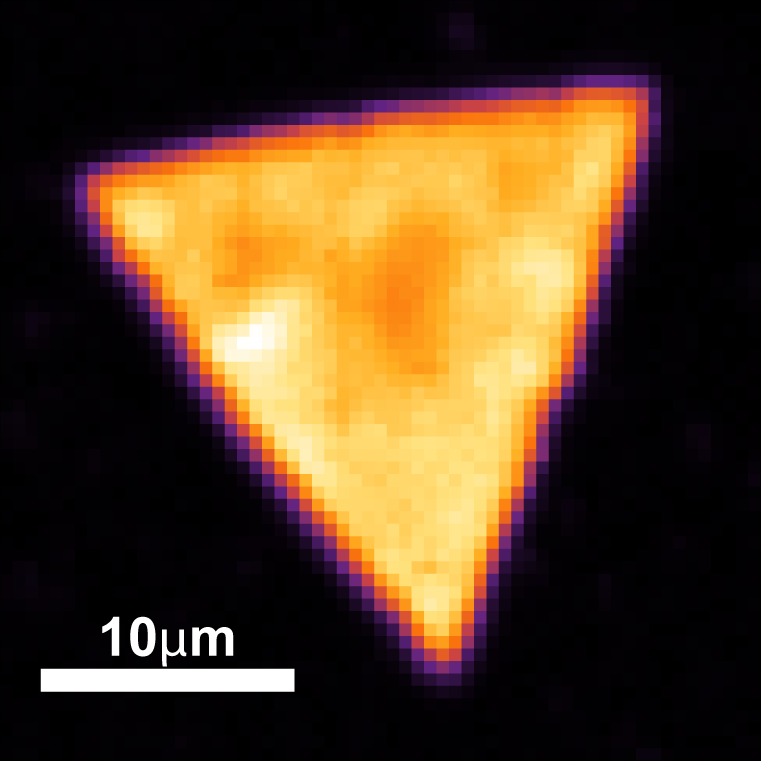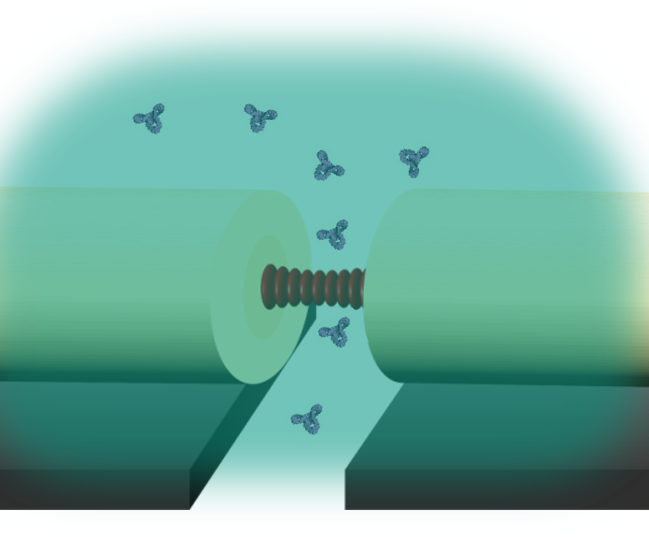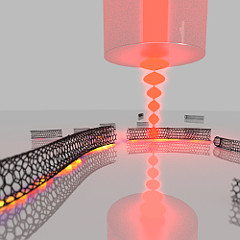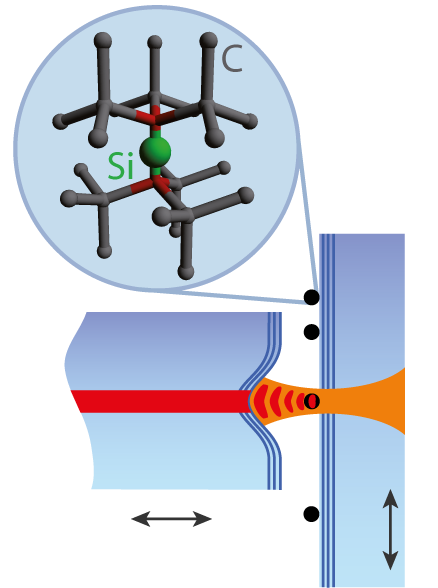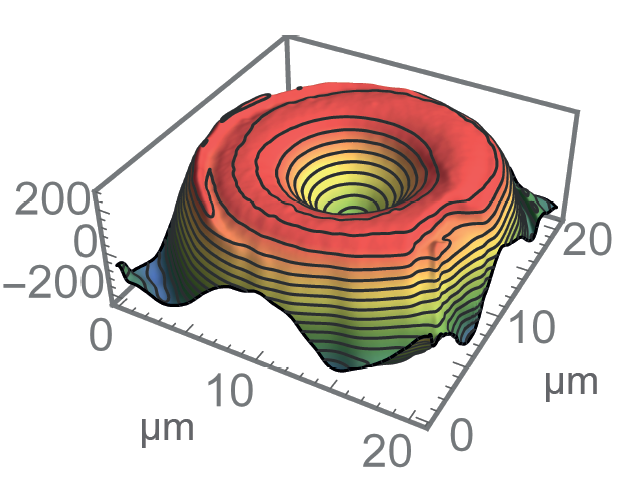Our group is exploring applications of optical microcavities in the fields of solid state quantum optics, optical sensing, microscopy, spectroscopy, and optomechanics.
One of the central goals is to enhance light-matter interactions to realize efficient light-matter interfaces at the single quantum level, and to enable novel schemes for spectroscopy and sensing. We employ and further develop fiber-based Fabry-Perot microcavities, which combine microscopic mode volumes with exceptionally high quality factors, and at the same time offer open access for a variety of samples.
|
|
Spin-photon interface for single rare earth ions We investigate cavity-enhanced optical readout of a single rare earth ion spin. Rare earth ions provide exceptional optical and hyperfine coherence, which makes them promising candidates for quantum optical applications, ranging from quantum memories to quantum-nonlinear optics. However, the dipole-forbidden nature of the narrow transitions results in ultra-low emission rates, limiting most experiments to macroscopic ensembles. We want to gain efficient access to individual ions and small ensembles by coupling them to a high finesse optical microcavity. Purcell enhancement can boost the emission rate by several orders of magnitude, thereby making the weak transitions bright and enabling efficient state readout. We use microcavities based on laser-machined optical fibers as mirror substrates, which combine high finesse with small mode cross sections and full tunability. |
|
|
Exciton polaritons in two-dimensional semiconductors We study strong light-matter coupling of excitons in transition metal dichalcogenides placed in a tunable microcavity Atomically thin crystals of transition metal dichalcogenides (TMDs) host excitons with strong binding energies and sizable light-matter interactions. Coupled to optical cavities, monolayer TMDs routinely reach the regime of strong light-matter coupling, where excitons and photons admix coherently to form quasiparticles known as polaritons up to room temperature. We explore the two-dimensional nature of TMD polaritons with cavity-assisted hyperspectral imaging. Using extended |
|
|
Cavity-enhanced sensing and trapping We develop an integrated microfluidic sensing platform using a high-finesse cavity for single nanosystem investigations The label- free detection of nanosystems provides the opportunity to understand biomolecular dynamics and interactions without undesired modifications of the system. To achieve the high sensitivity required for studying individual nanosystems, we use signal enhancement in a fiber-based Fabry-Perot cavity with high finesse (F~105), which is integrated in a microfluidic channel. Dispersive interaction between the sample and the cavity field is used to detect the presence and the dynamics of individual nanoobjects. The tight focus of the cavity mode (w0~1um) can be furthermore harnessed to trap individual particles between the fibers far away from surfaces. We expect trapping of sub-100nm to become possible at biocompatible low intensity levels. |
|
|
Scanning cavity microscopy and spectroscopy We develop ultra-sensitive imaging and sensing techniques based on signal enhancement in microcavities to study absorptive and dispersive properties of nanoscale samples. Improving the sensitivity of optical microscopy could give access to the optical properties of a large class of interesting nanoscale systems on a single particle level. To boost sensitivity, we are developing a novel scanning microscopy technique that harnesses multiple interactions of probe light with an object. This is realized by placing the sample inside a high-finesse optical microcavity, which provides a signal enhancement on the order of the cavity Finesse (104 – 105). Raster-scanning the sample through the cavity mode enables us to obtain spatial maps of sample absorption and dispersion of individual nanoparticles. In a similar manner, we have developed cavity-enhanced Raman spectroscopy to obtain spatial maps of molecular-fingerprint information. |
|
|
Cavity-enhanced single-photon sources We study individual color centers in diamond and couple them to fiber cavities to realize improved single-photon sources. Color centers in diamond represent an interesting class of solid state-based quantum emitters that yield stable single-photon emission under ambient conditions. The conventional approach of light collection, confocal microscopy, achieves only low collection efficiency, and emitters with moderate quantum yield or broad emission spectra limit the performance for their use as single-photon sources. We want to improve single-photon emission properties by coupling color centers to optical microcavities. Using Purcell enhancement, directed emission into a well-defined mode with efficiency close to unity can be achieved. We study both nitrogen vacancy (NV) and silicon vacancy (SiV) centers in nanodiamonds coupled to microcavities, with the goal to realize bright, efficient, and narrowband single photon sources. |
|
|
Cavity fabrication & characterization We are continuously improving the fabrication and characterization of fiber-based Fabry-Perot microcavities. We are working on the improvement of the laser-machining process for mirror fabrication e.g. to further reduce the achievable mode volume towards fundamental limits. Recent improvements now permit us to realize surface profiles with radii of curvature as small as 5 µm. To characterize the profiles in quasi-realtime during the machining, we have built a white-light interferometric microscope with Angstrom vertical resolution. |



